Flavors of the World: Vanilla
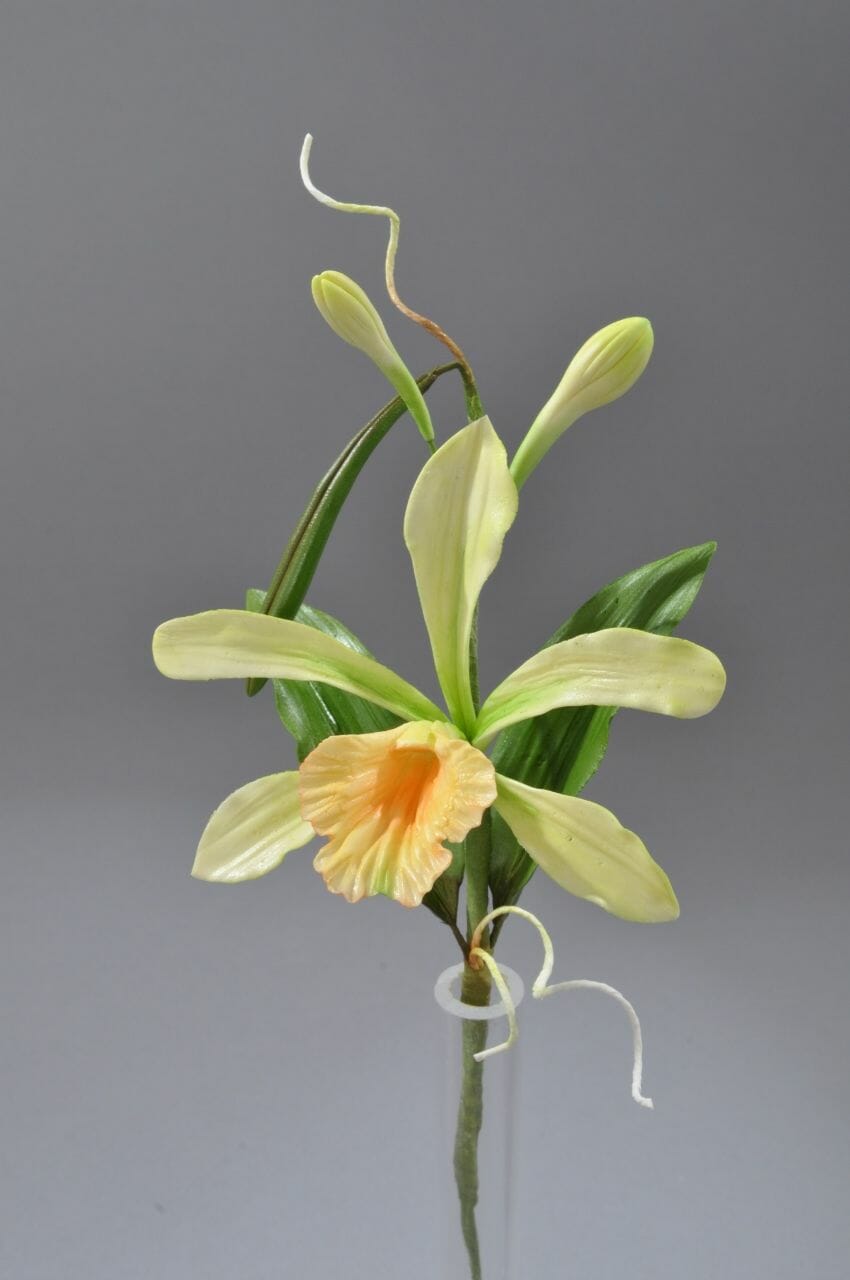
Chef Nicholas’ Vanilla Orchid. Photo: S. Ewing/ISAC
Very Versatile Vanilla
Welcome to the second segment of Chef Nicholas’ Flavors of the World blog! Last time the topic was degustation, and you can read that blog by clicking here. Today we delve into actual flavors and Chef Nicholas thought we should start with perhaps the most famous of all the flavors available throughout the world: Vanilla! Be sure to read til the end for a chance to win!
Before I turn things over to Chef Nicholas, I thought I would share a bit of the history of vanilla. All of the vanilla used in foods, flavors, and perfumes come from the fruit of the Vanilla Orchid. The Totonac people of Pre-Columbian Mexico were the first to cultivate vanilla at least 1,000 years ago, but perhaps as far back as 6,000 BC. When the Totonac were conquered by the Aztecs, tribute was paid in Vanilla fruit! The Aztecs called vanilla tlilxochitl, or “black flower,” since the fruit pods were dried and black in color. Vanilla was completely unknown in the Old World until the Spanish conquistador Hernán Cortés arrived in Mexico, and brought both vanilla and chocolate back to Europe in the early 1500s. The name vanilla is from the word vainilla or, “little pod,” in Spanish, and was a reference to the shape of the vanilla fruit.
Mexico continued to have a monopoly on vanilla production until the middle of the 19th century. Attempts had been made to produce vanilla fruits in Europe, but without the symbiotic relationship between the Vanilla orchid and the native Mexican Melipona bee, European botanists were unable to produce vanilla fruit. An artificial pollination method was developed in the mid-1800s, but was to cost prohibitive. In 1841, a 12 year old slave named Edmond Albius, on the French island of Réunion, discovered that the plant could be hand pollinated; this young boy allowed vanilla to be cultivated globally and his method is still used today nearly 175 years later.
Vanilla is the second most expensive spice in the world; this is due to the intense labor needed to cultivate, harvest, and cure the vanilla pods. A vanilla pod (or fruit or bean) will only grow if the flower is pollinated; one flower produces one pod. If a flower is not pollinated, it will wilt and die without producing a pod. Each vanilla orchid flower must be hand pollinated within 12 hours of opening, so flowers need to be checked every day. The flowers grow on a vine with others, and a healthy vine can produce up to 100 vanilla pods a year! The vanilla pod grows quickly, taking only five or six weeks to grow. However, another six months is needed until the fruit is fully matured. Harvesting can be just as time-consuming as pollination. Each vanilla pod matures at its own pace; pods are inspected daily to ensure that they are hand-picked at the precise stage of maturity.
Once the pods are harvested, they are cured through four basic steps. The first step is called killing (well, that’s terrifying), which stops the growth of the pod and initiates the process that creates the wonderful aroma we associate with vanilla. Next is sweating; this step involves densely stacking the pods and insulating them in wool for about a week. After sweating, the pods have turned brown and the vanilla flavor and aroma have been developed. The third step is drying. Vanilla pods must be dried to prevent rotting and to ensure the flavor is locked in. To dry out the pods, they are exposed to air and intermittent sunlight and shade; this step can take up to several weeks. The final step is conditioning- pods are stored in closed boxes for five to six months. Once these four quick and easy (just kidding) steps are completed the vanilla is ready to go into your food!
So, who is ready for me to finish this history lesson and let Chef Nicholas take over?! Everyone? I thought so.
Chef Nicholas talks Vanilla
The single most used flavor profile in the cake and pastry world is vanilla. Much like chocolate, there is the best vanilla, good vanilla, and not so good vanilla. I have been associated with, and have used, Nielsen-Massey Vanilla and their other flavorings since moving to the United States 25 years ago. Their products are the very best you can buy, from their vanilla beans to their extracts there is no other choice in my opinion. Nielsen-Massey is a sponsor at the French Pastry School. We want our students to be exposed to the absolute best ingredients during their education. It is also the only brand of vanilla that we sell and use at the International Sugar Art Gallery- our retail gallery and school in Atlanta.
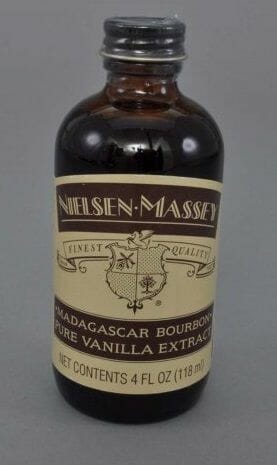
Photo: S. Ewing/ISAC
Vanilla is grown in several geographical regions throughout the world, including Tahiti, Mexico, and Madagascar. The Tahitian beans are very plump with a floral/fruity quality. This variety is susceptible to heat, so this type a vanilla bean is mainly used in cold, semifreddo, and frozen dishes such as pastry creams, custards, brûlées, smoothies, and sauces. The Mexican beans have a sweeter, woody spice note. This type of vanilla is great when used in chocolate-based desserts or ice cream. Madagascar vanilla beans are the most versatile and evoke a creamy sweet flavor and can be used in both savory and sweet dishes, and in hot and cold dishes. It is the most widely used type vanilla bean. Just like different types of coffee beans, these vanilla beans each have different flavors; pastry chefs often use different types or combinations of vanilla based on what they are creating or personal preferences.
In cakes, my area of specialty, I use mostly Madagascar vanilla bean paste and Madagascar pure vanilla extract. The vanilla bean paste is wonderful in buttercream used to fill cakes or cupcakes; I love the look and flavor of vanilla seeds in desserts. Vanilla bean paste can be substituted for vanilla beans by using one tablespoon of vanilla bean paste in place of one vanilla bean.
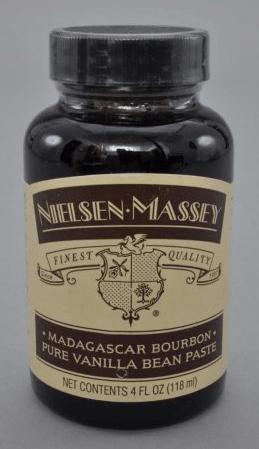
Photo: S. Ewing/ISAC
The product pastry chefs, cake designers, and at home bakers need to be mindful of is vanilla extract. I have been on many cruises and taught numerous classes in the Caribbean, where you can but a bottle of vanilla for just a few dollars. While it may seem like a great deal, be wary. Many cheap vanilla extracts do not contain real vanilla or may be manufactured in facilities with little to no concern about contamination, sanitation, or hygiene. Often low-grade alcohol is used, and will impart a bad flavor in your finished baked goods! Grocery stores usually sell vanilla extract, but many of the products on the shelf tend to be imitation vanilla, except for high-end stores that often carry Nielsen-Massey Vanilla. These reasons cause me to always stress the importance of using quality products to my students, and to watch out for inferior vanilla!
Many of the commercially available white rolled fondants on the market are flavored with vanilla. However, they are manufactured using a clear imitation vanilla because pure vanilla extract would impart color into the finished fondant. If you plan to make rolled fondant from scratch you can flavor it with pure vanilla- the finished product will be a beautiful cream color.
In pastries, I use vanilla beans for custards and brûlées. Once the beans have been scraped out and used, it is very easy to then dry the pods and add them to a container of sugar. After a few weeks you will have vanilla infused sugar- perfect for topping crème brûlées, custards and other pastries. Vanilla beans can also use in savory dishes such as pork or salmon, to infuse vanilla vodka for cocktails, or added to smoothies and fruit salad! This little brown pod is so versatile!
Check out the Nielsen-Massey Vanilla website for hundreds of recipes, and to learn more about which type of vanilla to use in particular dishes!
Leave a comment below (here on the blog) telling us your favorite ways to use vanilla beans, paste, extract, sugar-, and we will select a winner from the comments on Sunday, March 29. The winner will receive a prize pack of Nielsen-Massey Vanilla products! Please be sure to include your email so we can contact the winner. Good luck!
Sweet Wishes,
Chef Nicholas and Stephanie
Don’t just follow our blog! Follow Chef Lodge on Facebook, Instagram, Pinterest, Twitter, Flickr, and Tumblr!

Winner of the 2015 Craftsy Blogger Award for Best Craftsy Cake Decorating Instructor Blog
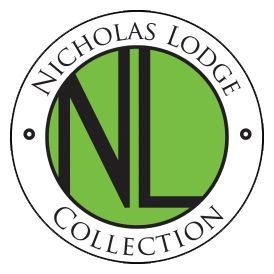
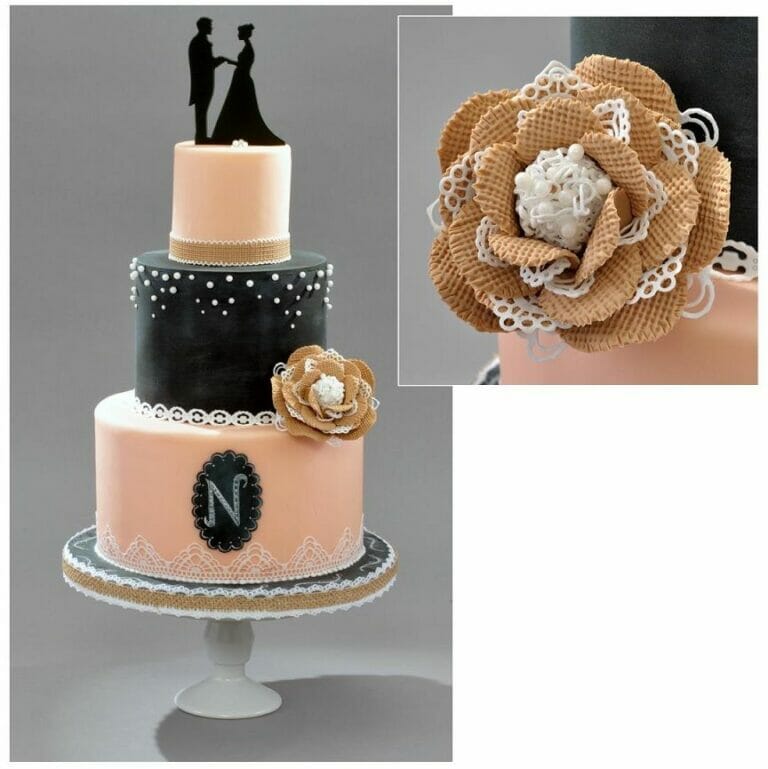
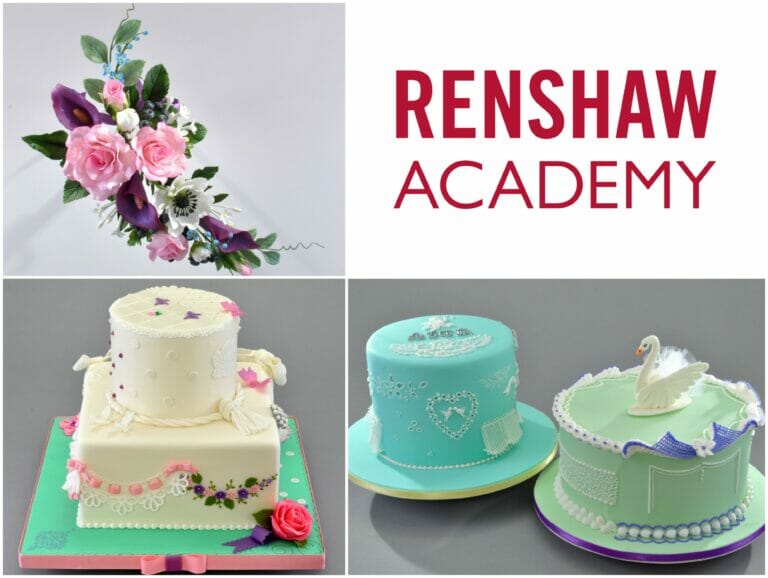
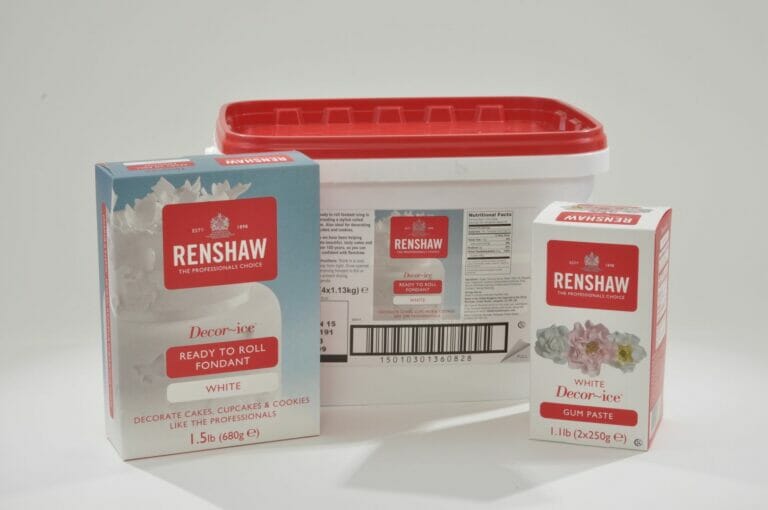

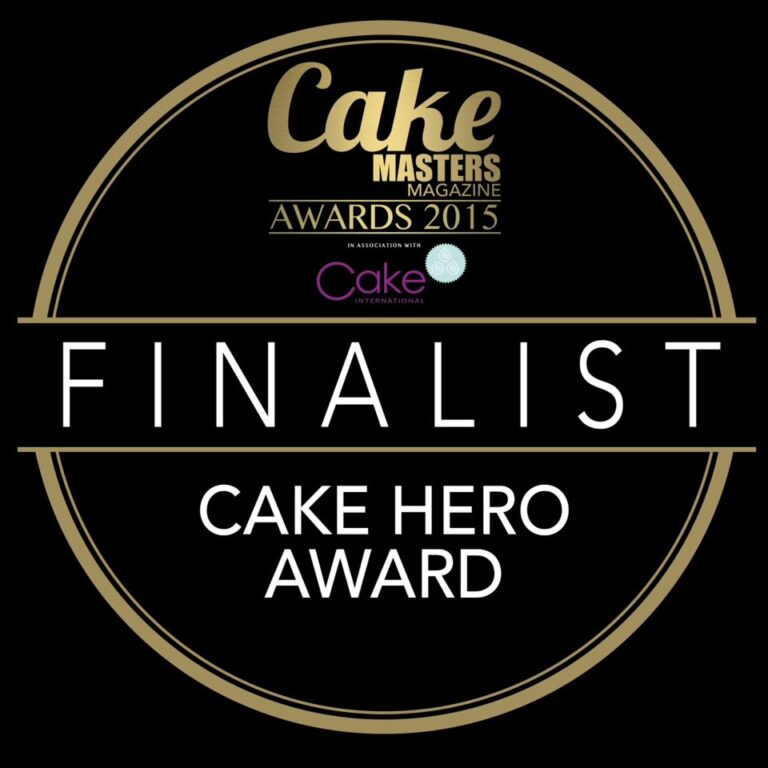
Hello – I love vanilla and I use it whenever I can bc it is one of my favorite flavors. I had no idea how it grew and was cultivated other than the “bean pod”. Your article makes me appreciate this spice all the more. Keep up the great work and hugs to my favorite sugar artist and Chef! My favorite use for the us of bean paste is in butter cream icing. I also keep a pod in a jar of sugar for vanilla sugar to use in my coffee and tea.
Vanilla is one of my favorite flavors to add to food. I catch myself wanting to add it to almost every recipe. I will admit that I generally have used extracts as they are easier to get a hold of in my area. It is very true though that there are bad quality extracts and I gave become fairly fussy. I often use combinations of Mexican vanilla and Madagascar Vanilla. I am only just starting to delve into the world of using bean paste and whole beans as both of these are difficult to get quality versions of in my area. I will admit to mainly using vanilla in sweet dishes but I will have to look into the use of it in a savory dish. Thanks for the great information! cakeangel@telus.net
Nick, great article. Here’s one of my favorite (and easiest!) vanilla bean recipes for Creme Brulee. Happy Spring!
Crème Brulee
• 1 quart heavy cream
• 1 vanilla bean, split and scraped
• 1 cup vanilla sugar, divided
• 6 large egg yolks
• 2 quarts hot water
Preheat the oven to 325 degrees F.
Place the cream, vanilla bean and its pulp into a medium saucepan set over medium-high heat and bring to a boil. Remove from the heat, cover and allow to sit for 15 minutes. Remove the vanilla bean and reserve for another use.
In a medium bowl, whisk together 1/2 cup sugar and the egg yolks until well blended and it just starts to lighten in color. Add the cream a little at a time, stirring continually. Pour the liquid into 6 (7 to 8-ounce) ramekins. Place the ramekins into a large cake pan or roasting pan. Pour enough hot water into the pan to come halfway up the sides of the ramekins. Bake just until the creme brulee is set, but still trembling in the center, approximately 40 to 45 minutes. Remove the ramekins from the roasting pan and refrigerate for at least 2 hours and up to 3 days.
Remove the creme brulee from the refrigerator for at least 30 minutes prior to browning the sugar on top. Divide the remaining 1/2 cup vanilla sugar equally among the 6 dishes and spread evenly on top. Using a torch, melt the sugar and form a crispy top. Allow the creme brulee to sit for at least 5 minutes before serving.
This is my favorite brand of vanilla and I use it in all my baked goods. My customers, family and friends always ask me if I have a secret ingredient because my baked goods are so very flavorful and taste better than anything they have tasted. I tell them that I will only use Nielsen-Massey Madagascar Vanilla Extract, and that this is what they are tasting that adds that sweet, rich, flavorful taste that is worlds above the rest. Imitation vanilla is a waste of time in my opinion and I will never use it! The difference is palpable! Just try it!
I use vanilla in all my baking goodies ,cake cookies, rice pudding, my homemade syrup even pancake syrup my grandchildren love when I make he pancake syrup. I have even have made some drinks (fruit) with a little vanilla this is my number one flavor .
Chef Nick,
Just like you, I like to use the Vanilla Bean Paste in my Buttercream. It is also good in my homemade Banana Pudding!
Pam Jordan
Pamelacjordan@charter.net
I use Vanilla bean paste on my cheesecakes,frostings,cakes, and fillings. I love the taste and look of the paste on all my desserts, it gives it a more elegant feel.
Chef Nick
I use vanilla in all my baked goods! When I first started baking I didn’t realize the difference between the different types of vanilla but as time has gone by and I have gained experience in baking Neilsen-Massey Madagascar vanilla and Mexican vanilla is my secret ingredient that makes makes my baked goods go yum!Thanks for sharing this incredible information about vanilla. Lcatrn @aol.com
Thanks for the wonderful article. I did go on a cruise and found pure Madagascar vanilla there but did know where to get now. It was wonderful to use but I did not think about how it was made. So glad you enlightened me now. Snowlady817@charter.net.
I use Nielsen Massey vanilla in all my baked products. Totally agree…hands down the best! order@theshortcakes.com
Hi! Mmmm, vanilla bean paste love. This heavenly syrup is worship worthy! It has been an ingredient in so many of my recipes from cakes, cookies, cupcakes, frostings, fillings (most recently a coconut pastry cream) to even an cookies & cream martini.
The Only sad part of being so nice and thick is that it’s hard to get off my measuring spoons so I’ve started using a syringe to make sure every possible drop is preserved. On the positive side, if I had to use a tiny measuring spoon, I got to lick it clean! Hey, don’t judge – it’s too good to waste!!!
Great article!
Congratulations Sherry! You have been chosen as the winner of our contest! Please check your email (and spam folder) for further details!
Stephanie
Thank you Chef! I am grateful to have learned about vanilla here! Who would have thought how time consuming it is to process! I LOVE vanilla! I have just started to venture out using different brands and types of vanilla with different cakes and foods. This helps very much! My next type to try is the paste. Thank you!! :)
I want to buy the vanilla bean but they are so expensive so will start buying the extract shown love baking and using different extracts.